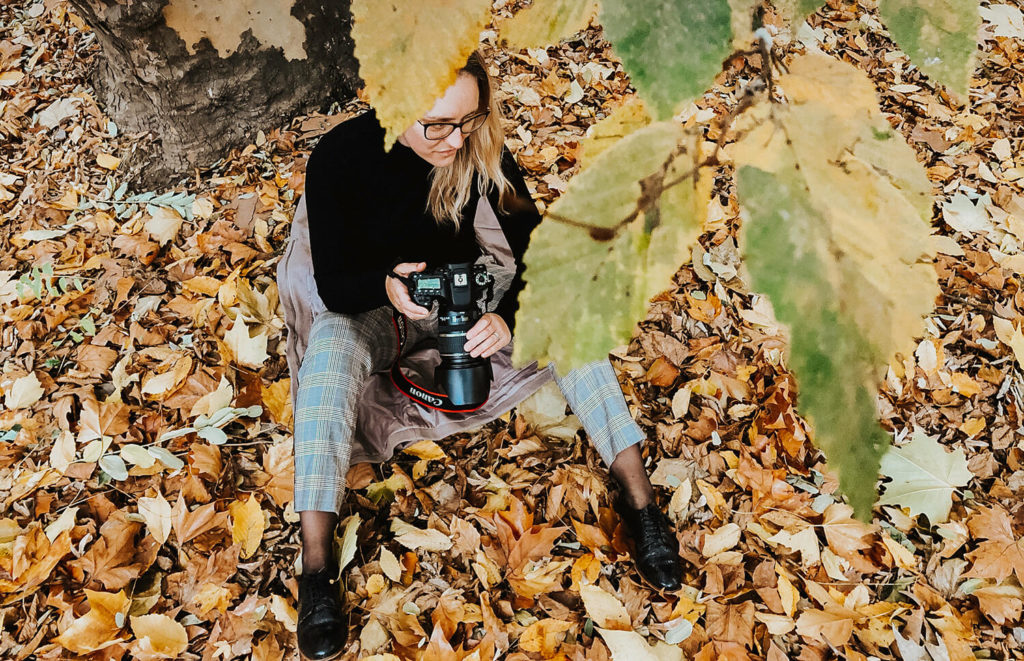
Without a doubt, THE most asked question we get is what camera and lenses we’re using for our photography. And it makes total sense. There’s something about photography isn’t it? Most of us like capturing those moments that are worth remembering. I mean, the whole idea behind preserving your memories with a photograph is that you have done something you never want to forget.
And that’s the power of photography. Photo’s speak the universal language of emotion. Anyone looking at your photos will be able to tell what you are doing and you yourself might be transported back to that moment.
* This post includes affiliate links and any purchases made through these links will earn us a small commission at no extra cost to you. *


Bought in 2018
CHECK PRICES HERE


Bought in 2018
CHECK PRICES HERE


Bought in 2015
CHECK PRICES HERE




Bought in 2018CHECK PRICES HERE


Bought in 2018
CHECK PRICES HERE


On our wishlist
CHECK PRICES HERE


On our wishlist
CHECK PRICES HERE
OTHER TRAVEL PHOTOGRAPHY ESSENTIALS


CHECK PRICES HERE


CHECK PRICES HERE


CHECK PRICES HERE


CHECK PRICES HERE




So having the right gear to memorialize those moments is often top of mind for anyone with even a passing interest in photography. It made sense to give you a peak into our camera bag and maybe give you same ideas for your own.
The ultimate photography kit: what’s in our camera bag
CAMERAS
CANON 80D

The Canon 80D is the first DSLR camera we’ve owned and I can’t recommend it enough. For months we were browsing the internet and interrogating photography friends about the best camera bodies. Having used our Lumix Hybrid camera for 4 years, we’ve been itching to step up on our photography game.
And then we discovered the Canon 80D.
When buying our new camera there were some features that were non-negotiable:
-
Weather sealing – this was essential to us. We didn’t want to worry every time our camera could get wet because of a waterfall’s spray mist or would end up in the sand.
-
Wifi-connection – When travelling as a couple, we want to memorialize moments with both of us in the picture. Setting op 10 second timers worked in the past, though not very well. Sprinting to get in place for your picture and having to do that several times before getting a good shot was tiresome. Canon has its own app that allow you to see your photo live on your smartphone so you can check how it looks before you snap the shot. Perfect!
-
Low light performance – As we’re keen on focusing more on food photography and capturing the stars, so this was a no brainer.
-
Good lenses – Let’s be real. Buying a DSLR camera can be expensive. Canon has a wide range of lenses which caters to most photographer’s needs and budgets. Having a good lens is essential for your photography, though. That’s why we rather invest in some good lenses instead of spending heap loads of money on an expensive camera body and then having to buy cheap lenses because we run out of budget.
Are we happy with our choice? Absolutely!
IPONE 8 PLUS

When we’re out on the street or having a quick lunch, bringing along our larger camera’s would sometimes be cumbersome. Our go-to equipment while going out is often Kristof’s iPhone 8 Plus. The iPhone 8 Plus really stepped up its camera quality allowing better lightning, skin tone color and has a portrait mode, letting you create beautiful bokeh (depth of field) which makes your photo’s look so much more professional.
PANASONIC LUMIX DMC-FZ70

At 4 years old this camera still isn’t ready for retirement. She’s been through a lot this beauty and was our constant companion on 5 continents and 20 countries. She was my first introduction to photography with manual settings, though it has a fixed lens. At the time we specifically chose this bridge camera for its zoom.
The FZ70 has a 20–1200mm focal range, which means it can go from a 20mm wide-angle lens to an unbelievable 1200mm telescope lens. This bridge camera was the perfect one for an enthusiast photographer like myself at the time. Its ability to shoot at a 20mm wide angle with f/2.8 maximum aperture was what sold it to us in the first place. I would definitely recommend this one as a perfect entry level camera. It allows you to learn the manual settings without having to invest the big $$ for a DSLR camera.
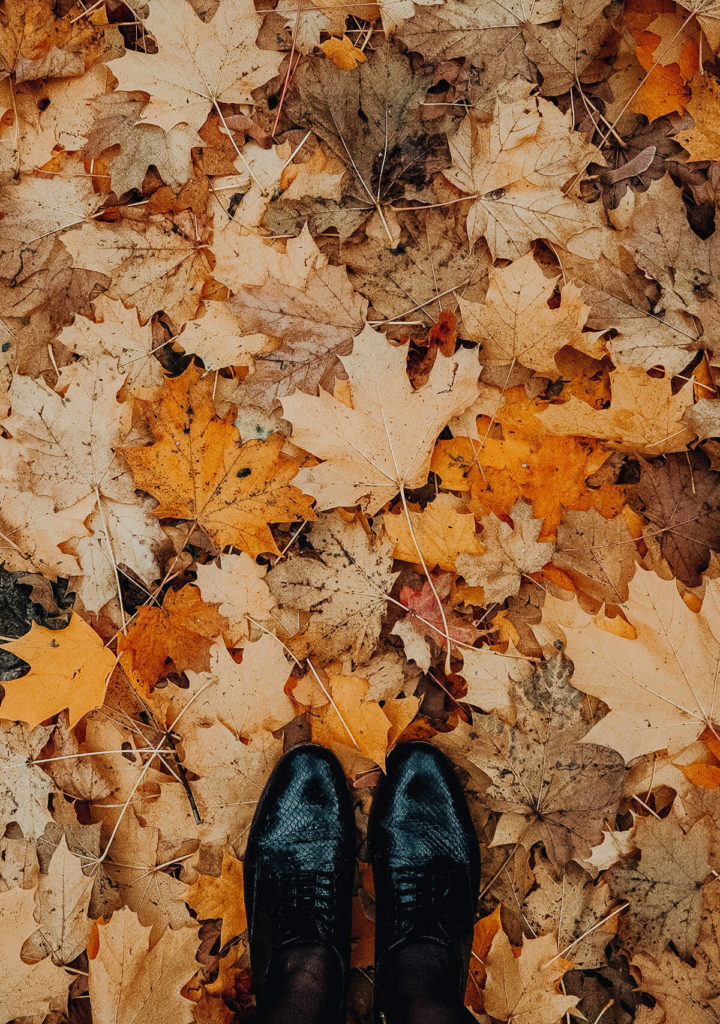
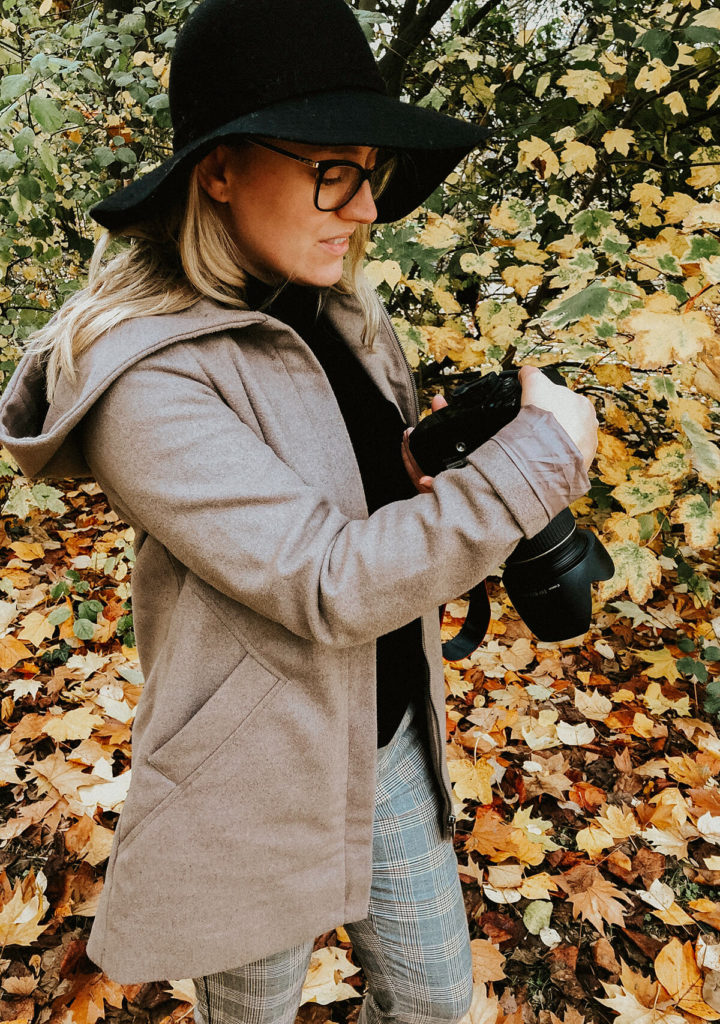
LENSES
The lenses are the most important part of your DLSR camera setup. We rather invest in good quality lenses and a decent camera then spend big $$ on a super professional camera but buy cheap lenses. A good quality lens will last for years so it’s worth the investment.
When buying our Canon 80D we refused a package with kit lens but opted to buy only the camera body and bought our choice of higher-end lenses separately. Canon has a number of camera lines so you need to make sure that the lens you purchase will work with your camera body.
To put it simply, Canon has two lens lines: Canon EF-S lenses and Canon EF lenses. EF-S lenses are designed solely for use on Canon APS-C DSLRs (like the Canon 80D). Canon EF lenses are designed to work with full-frame and APS-C DSLRs from Canon. If you are worried that you might upgrade someday to a full frame camera, don’t. Quality EF-S lenses hold their resale value just fine. Buy the lens that fits your needs now.
All lenses mentioned here below are perfect for the Canon 80D.
CANON EF 50MM F/1.8

Bought in 2018
I’m in love with this lens right now. I’m currently in a portrait and macro-photography stage and this lens is almost full-time attached to our Canon 80D. Attaching the Canon EF 50mm f/1.8 lens on a Canon APS-C format camera like the Canon 80D produces a field of view equivalent to an 80mm lens when used. So it’s different when using on a crop-frame camera like the Canon 80D or a full-frame camera like the Canon 6D Mark II.
The aperture allows for that creamy bokeh I’ve been looking for and is great for taking professional quality beautiful images. The F/1.8 is reasonably priced and makes it perfect if you’re new to photography. There is no better lens for the money. The lens also comes in a F/1.4 version. Though more pricey, it is the crown jewel for portrait photography!
CANON EF-S 17-55MM F/2.8 IS USM

If ever a lens was made for a camera like the Canon 80D, it’s the 17-55mm f/2.8. It’s our go-to travel lens and use it for street photography, landscapes, portraits and everything in between. On the Canon 80D it will have a 27.2-88mm focal length and is as close as it gets to the drastically more expensive Canon EF 24-70MM F/2.8L II USM when used on a full-frame camera.
It performs incredible in low-light situations with a fast f/2.8 maximum aperture, is excellently sharp and creates beautiful bokeh. Yes, the Canon 17-55mm f/2.8 is pricy, but this is a high-end zoom with premium image quality, perfect for travel and people photography.
CANON EF-S 10-22MM F/3.5-4.5 USM

Since one of our favorite activities while traveling is hiking, we’re craving for a good wide angle lens. It’s great for landscape photography and is one of the lenses on my wish list. So mom, if you’re reading this, I know what I want for my birthday! ;-).
When used on the Canon 80D it will have a focal length of 16-35.2mm. This lens isn’t a budget lens but definitely more affordable than the equivalent high-end wide-angle zoom Canon EF 16–35mm f/2.8L III for full-frame camera bodies, which is way out of our budget.
CANON EF-S 24MM F/2.8

I would love a wide angle prime lens. The equivalent focal length of 36mm means that this lens is perfect for street photography and to take along on strenuous hikes. The small size of the lens makes it a light option to take along during a hike and doesn’t attract attention when roaming the streets. At this price, I’m sure it’ll be one of the first new additions to our gear setup.
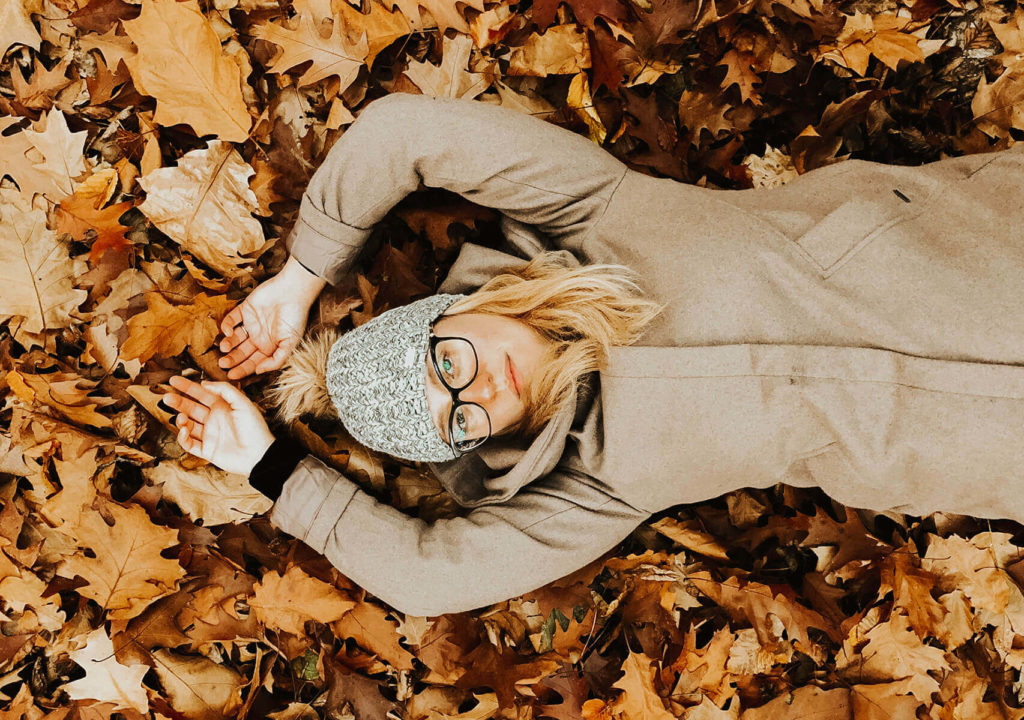
CAMERA BAG

While we’re out hiking, our camera is often tucked away in our Manfrotto backpack. I really do love this backpack because it holds everything I need it to, and is functional. When it comes to walking around a city, doing daytrips/light trips, this bag has been a blessing. It holds my camera, my lenses and some other accessories while being water resistant. I can also take out the camera portion of the bag, so it can be used as just a backpack by itself.
TRIPOD

For a travel couple, there are not so many pictures of us (let alone us both) on the blog. That’s because only last year we bought our very first tripod. Our first tripod was a lightweight tripod, like this one, which basically cost 20$. We wanted a tripod that was very light and we could easily take along on our hiking trips.
Over time however, the limited height (130 cm) to our tripod made us look for a more professional piece. We’re now using a tripod with a 360° ball head and reaches a maximum height of 70 inches (177 cm).
SEAGATE 2TB EXTERNAL HARDDRIVE

We backup all our images onto an external hard drive which we carry with us and basically guard with our lives 🙂 Nothing is worse than having a laptop full of pictures and having it suddenly crash. After loosing a first part of pictures (I can still see the slow-motion version of myself screaming NOOOOOO), adding our pictures to the hard drive is a standard step after a day photographing.
SANDISK MEMORY CARD

Is there a more cringeworthy moment than arriving at the most spectacular viewpoint after a long hike and having your camera flash up the dreaded red words ‘Memory Card Full’??
Nope. Nope there isn’t.
And we’ve been dreadfully vigilant to avoid this happening again. We now carry x2 Sandisk 64 GB memory cards.
Love it? Pin it!



COMMENTS Expand -
ADD A COMMENT
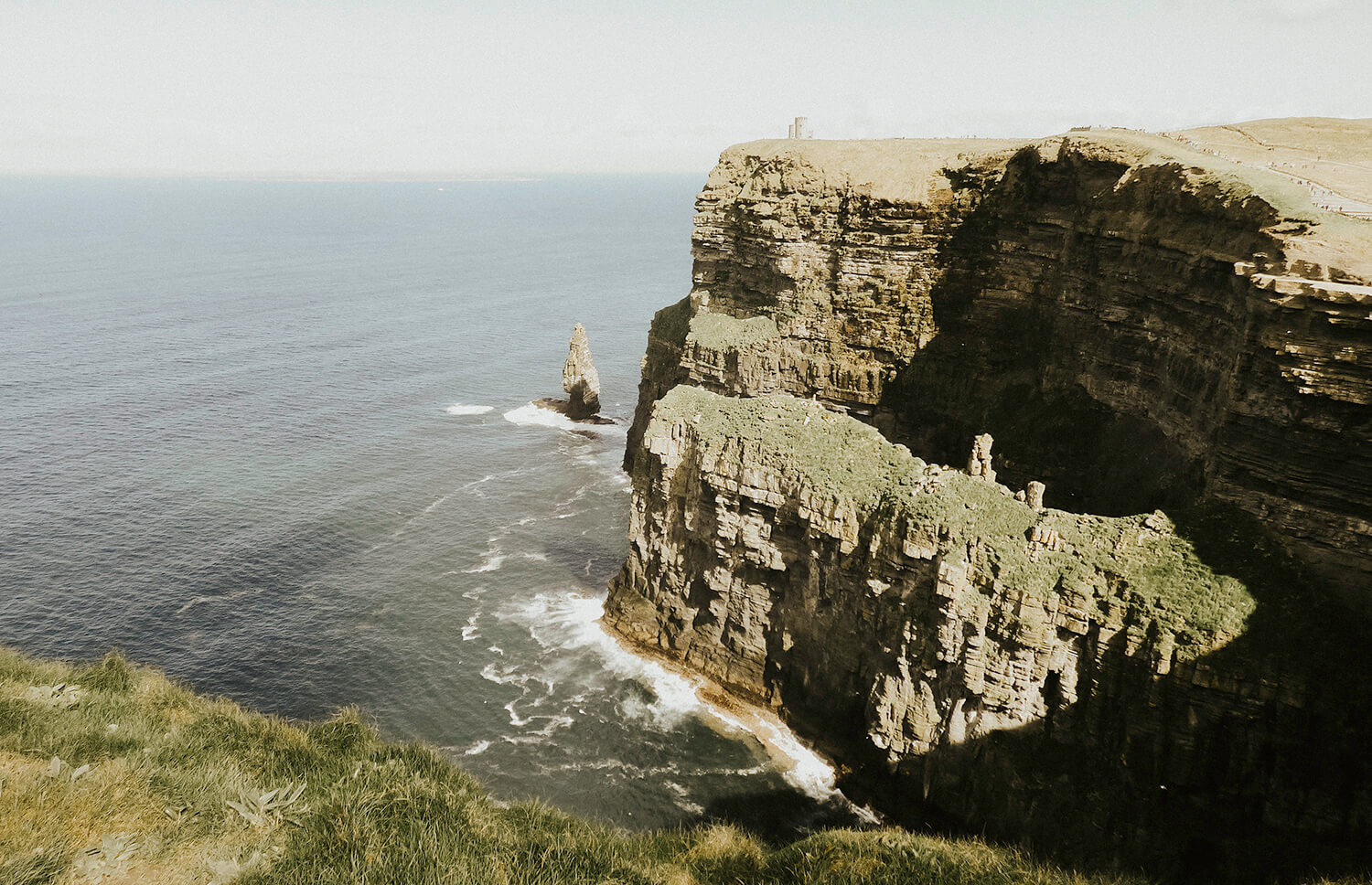
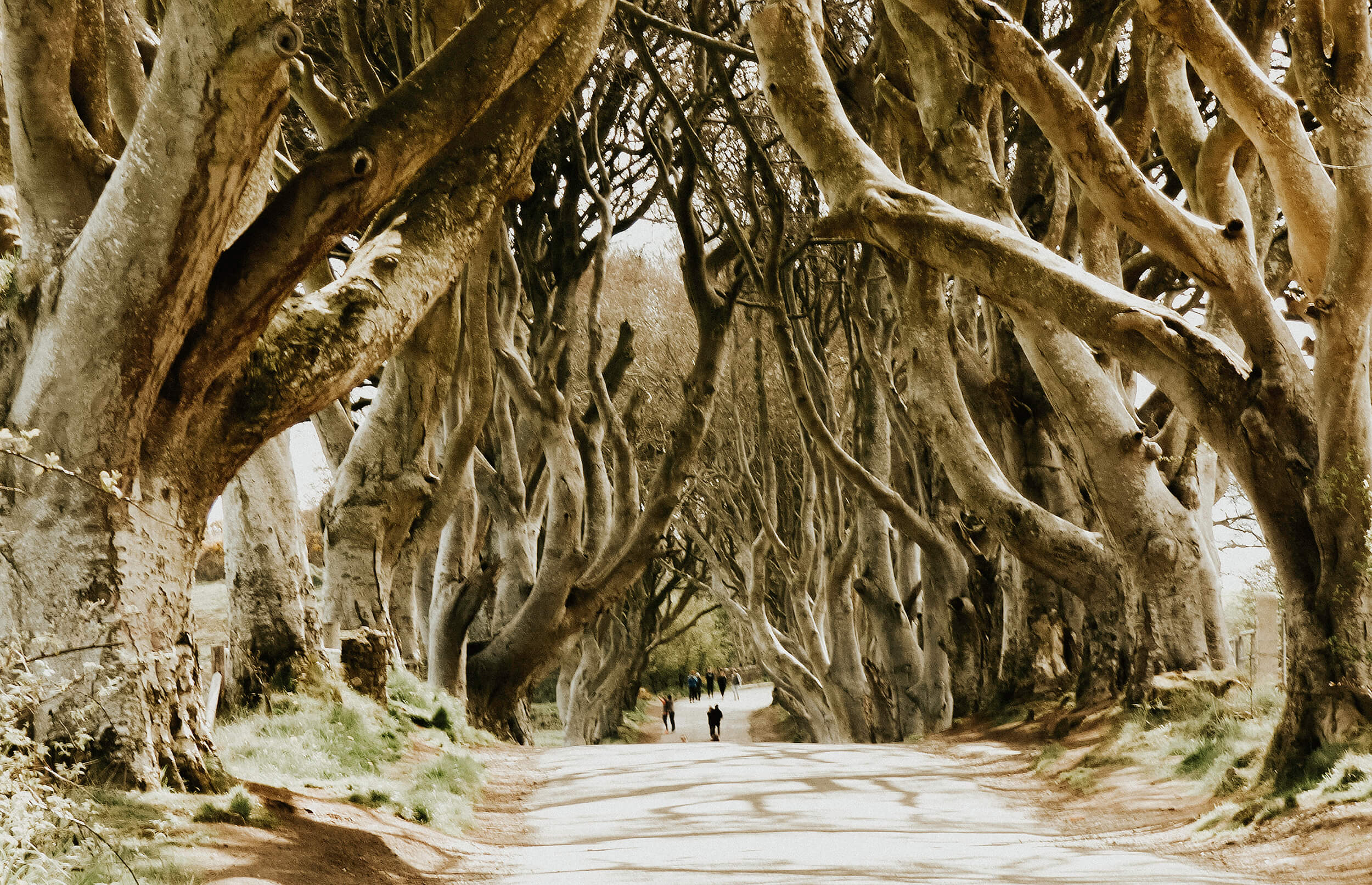
Thanks for sharing informative article, I really like this post.
Hi. One of the best travel blogs! This was what she was looking for, some very useful advice. Beautiful adventures and beautiful places. Keep it up!
Thank you so much!
Marlo & Kristof